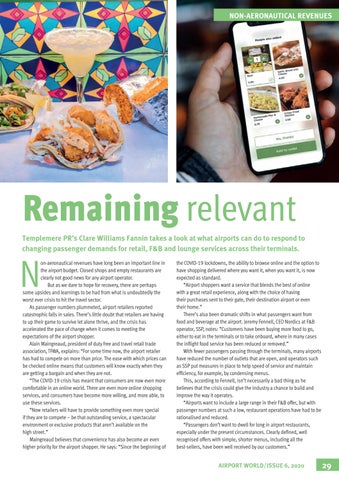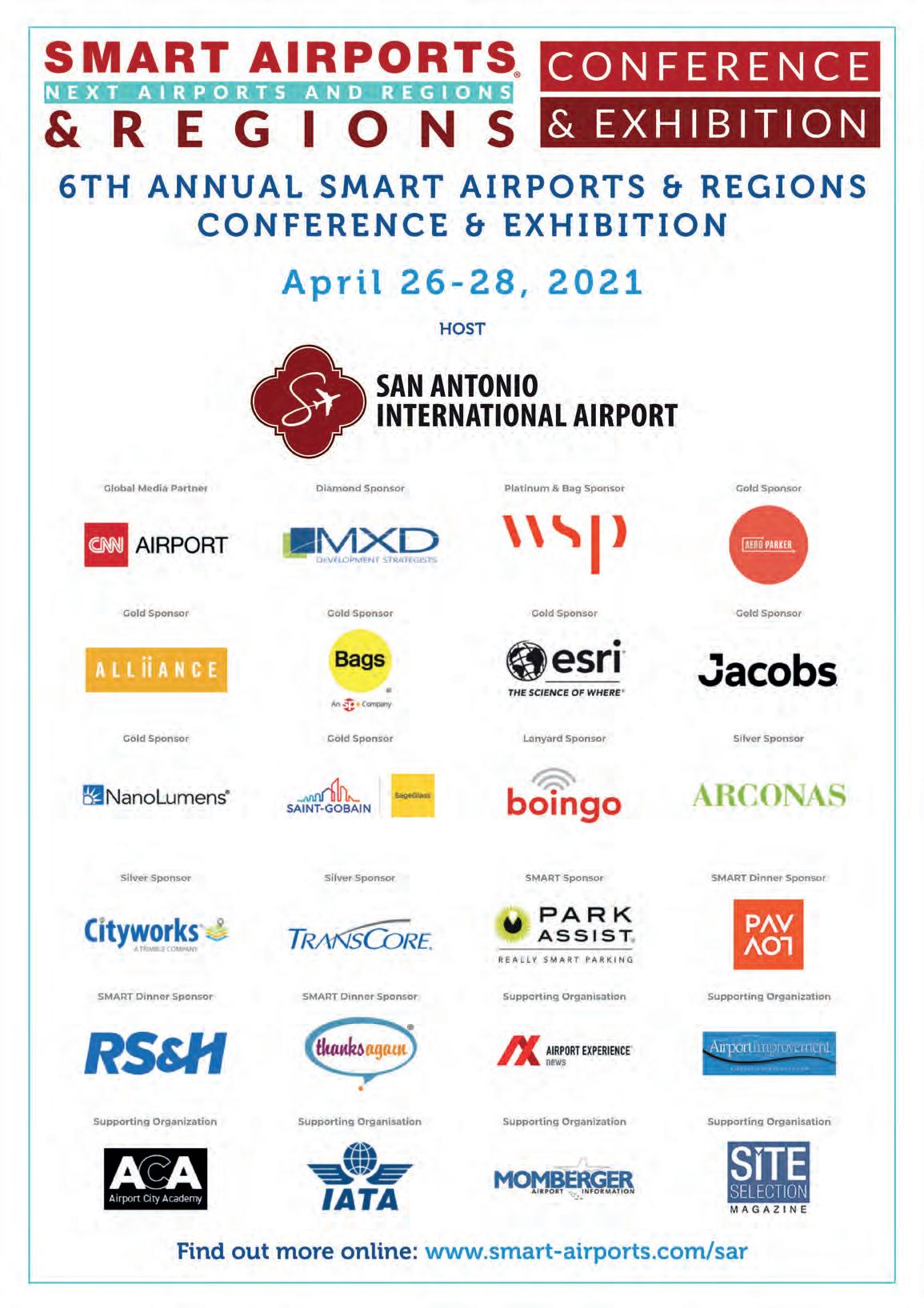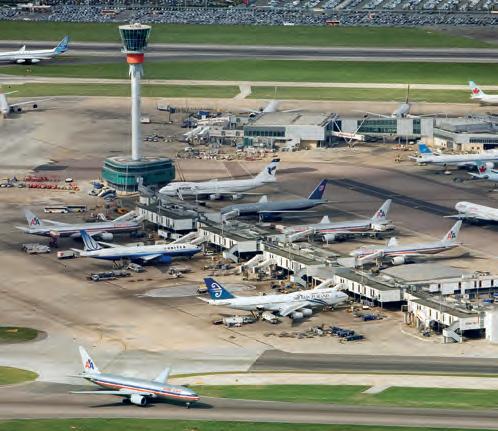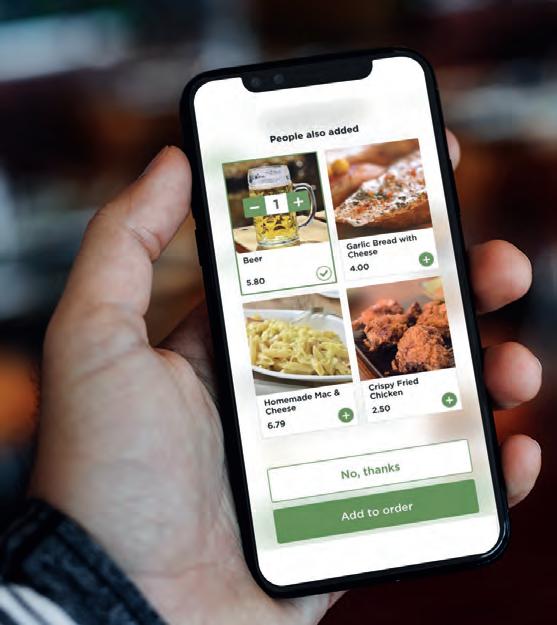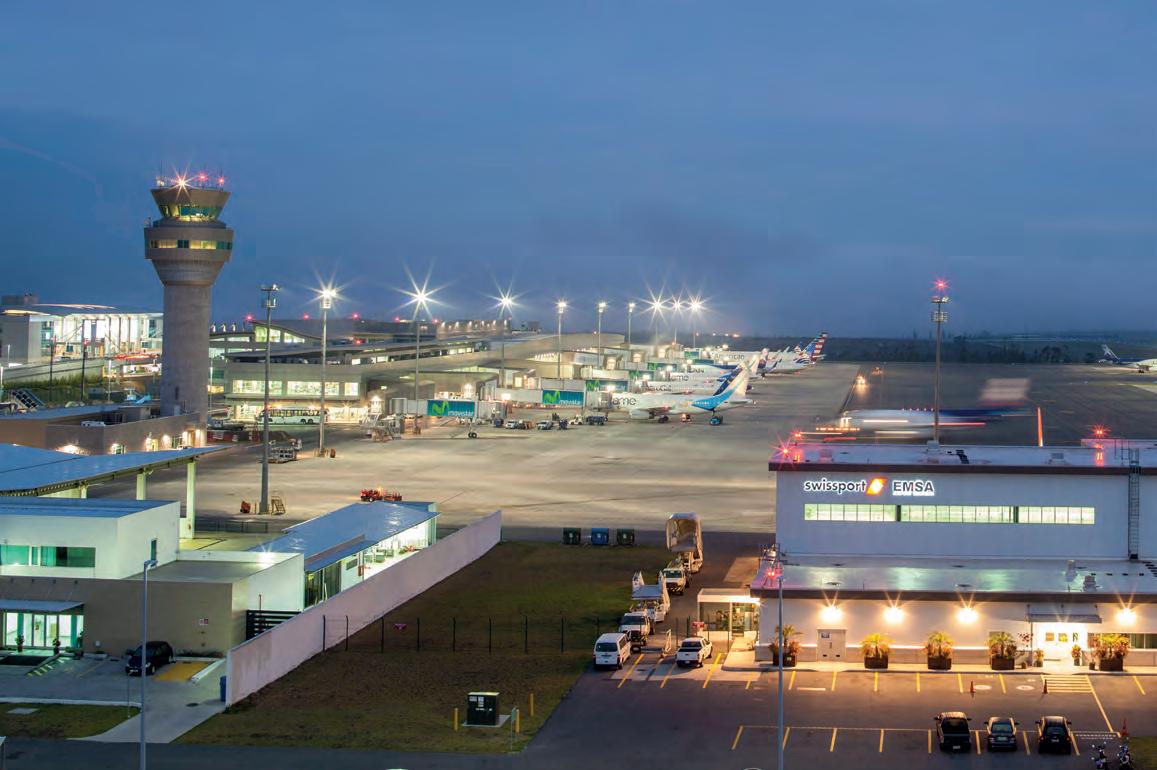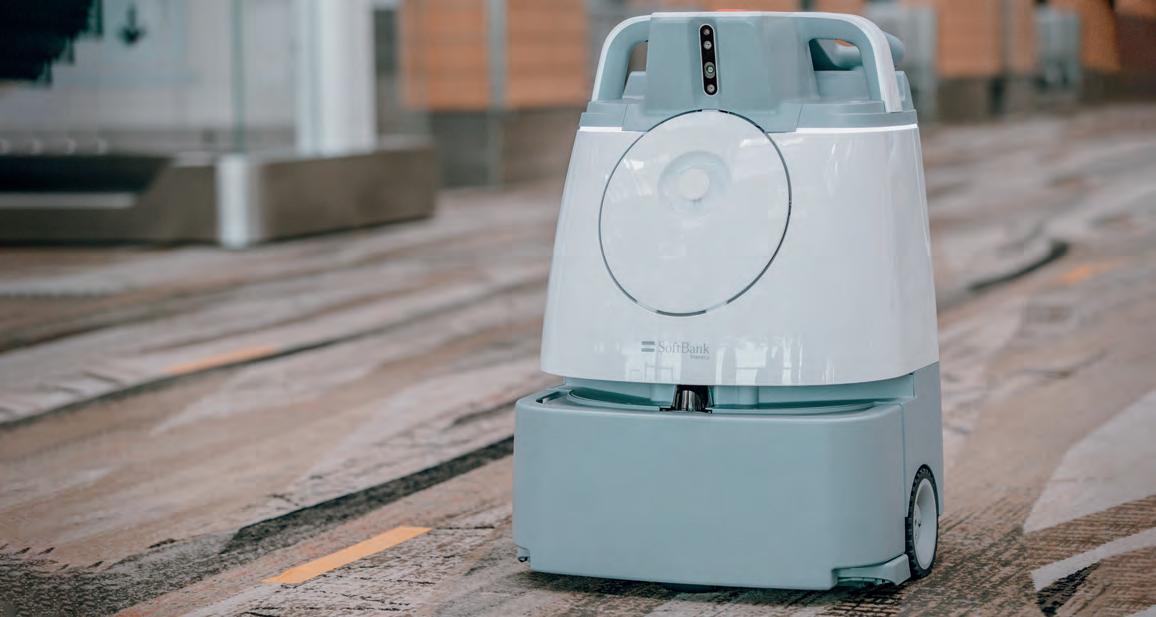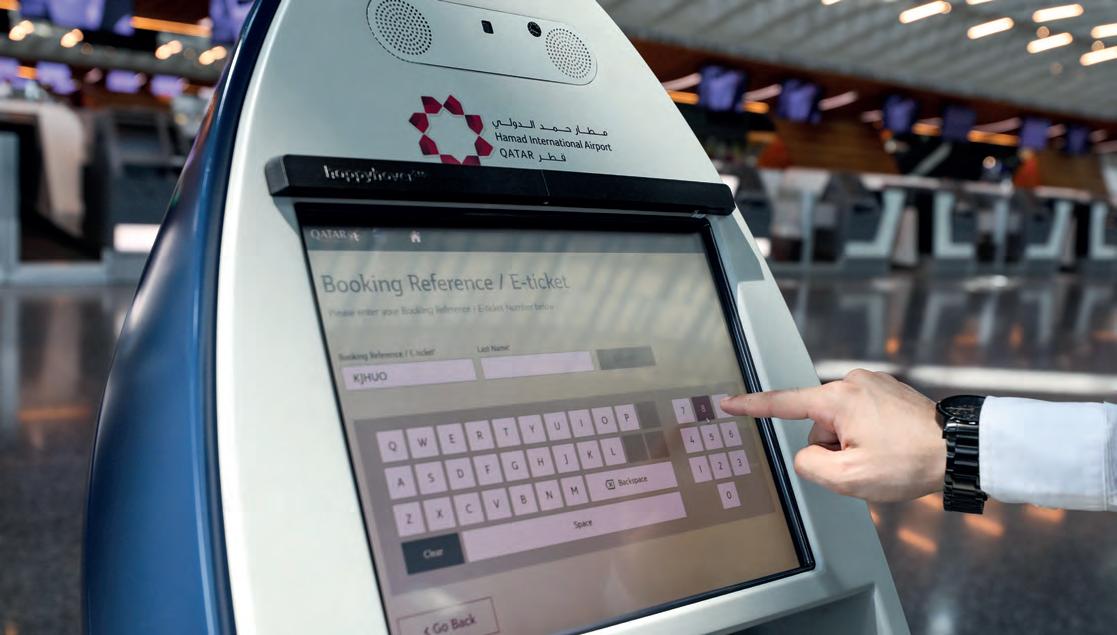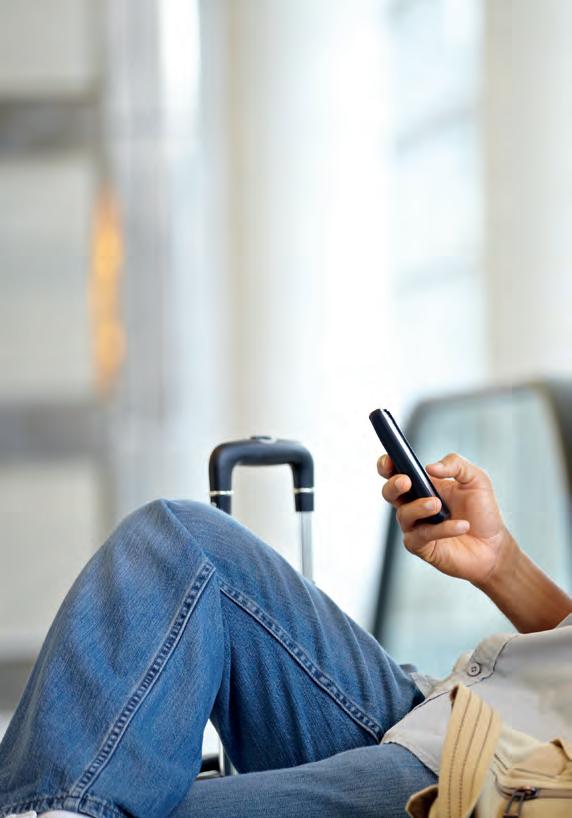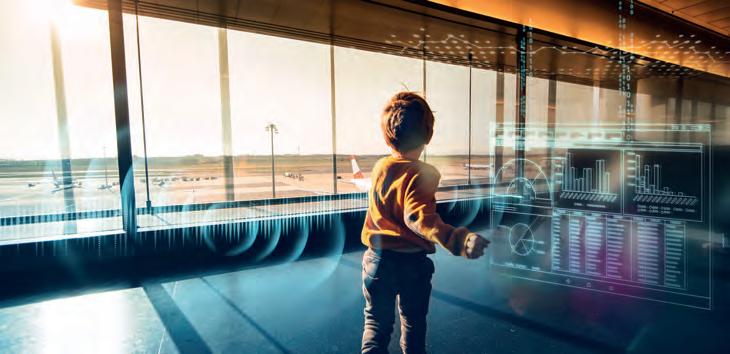NON-AERONAUTICAL REVENUES
Remaining relevant Templemere PR’s Clare Williams Fannin takes a look at what airports can do to respond to changing passenger demands for retail, F&B and lounge services across their terminals.
N
on-aeronautical revenues have long been an important line in the airport budget. Closed shops and empty restaurants are clearly not good news for any airport operator. But as we dare to hope for recovery, there are perhaps some upsides and learnings to be had from what is undoubtedly the worst ever crisis to hit the travel sector. As passenger numbers plummeted, airport retailers reported catastrophic falls in sales. There’s little doubt that retailers are having to up their game to survive let alone thrive, and the crisis has accelerated the pace of change when it comes to meeting the expectations of the airport shopper. Alain Maingreaud, president of duty free and travel retail trade association, TFWA, explains: “For some time now, the airport retailer has had to compete on more than price. The ease with which prices can be checked online means that customers will know exactly when they are getting a bargain and when they are not. “The COVID-19 crisis has meant that consumers are now even more comfortable in an online world. There are even more online shopping services, and consumers have become more willing, and more able, to use these services. “Now retailers will have to provide something even more special if they are to compete – be that outstanding service, a spectacular environment or exclusive products that aren’t available on the high street.” Maingreaud believes that convenience has also become an even higher priority for the airport shopper. He says: “Since the beginning of
the COVID-19 lockdowns, the ability to browse online and the option to have shopping delivered where you want it, when you want it, is now expected as standard. “Airport shoppers want a service that blends the best of online with a great retail experience, along with the choice of having their purchases sent to their gate, their destination airport or even their home.” There’s also been dramatic shifts in what passengers want from food and beverage at the airport. Jeremy Fennell, CEO Nordics at F&B operator, SSP, notes: “Customers have been buying more food to go, either to eat in the terminals or to take onboard, where in many cases the inflight food service has been reduced or removed.” With fewer passengers passing through the terminals, many airports have reduced the number of outlets that are open, and operators such as SSP put measures in place to help speed of service and maintain efficiency, for example, by condensing menus. This, according to Fennell, isn’t necessarily a bad thing as he believes that the crisis could give the industry a chance to build and improve the way it operates. “Airports want to include a large range in their F&B offer, but with passenger numbers at such a low, restaurant operations have had to be rationalised and reduced. “Passengers don’t want to dwell for long in airport restaurants, especially under the present circumstances. Clearly defined, well recognised offers with simple, shorter menus, including all the best-sellers, have been well received by our customers.”
AIRPORT WORLD/ISSUE 6, 2020
29
